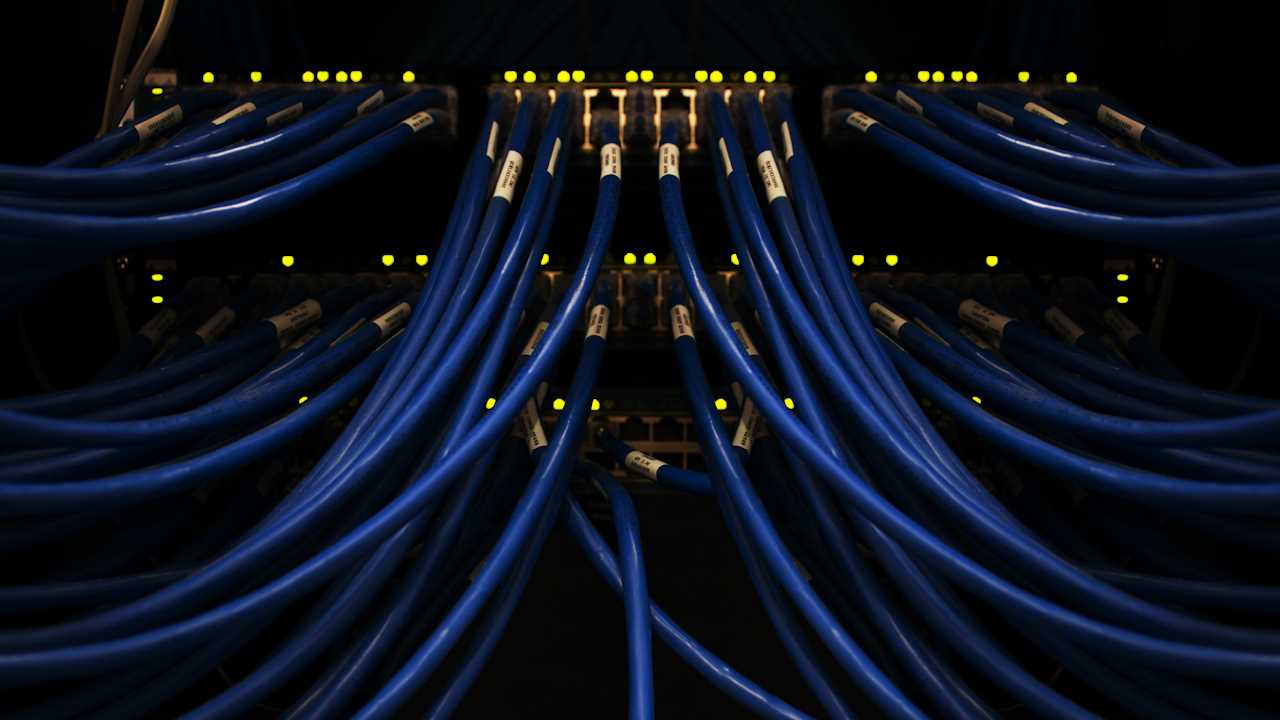|
From the well-known to the highly rated, these are the partners you need to know about As many are discovering, the time to migrate to hyperconverged infrastructure (HCI) is now. I’ve written before about the benefits of HCI. Put simply, no one is in the business of owning technology for the sake of owning technology. If you’re going to own tech, it should be beneficial to your business. HCI benefits businesses by offering an efficient entry to the latest infrastructure tech that will save you money. Don’t just take my word for it. Public cloud solutions are taking up a lot of bandwidth lately, with many businesses following the herd to the cloud without giving a lot of thought to why or what other solutions might be available. But here’s a secret: public cloud providers and other hyperscalers use HCI. In fact, one of our top HCI vendors was created by people who built the infrastructure for one of the largest current public cloud providers. HCI offers an evolution of traditional server architecture by automating and moving tasks to software. It provides the simplicity of a one-touch experience in a scalable solution for any enterprise user. Here are the top 5 hyperconverged infrastructure vendors I think you should know about. Top 5 HCI VendorsThere are a variety of HCI vendors out there. Most of them are good. Some are great. Which HCI vendor is right for you can depend on your needs and budget. These are the HCI vendors that would be a good fit for almost any enterprise or small business. Starting at the top, with the HCI vendor I recommend more than any other. NutanixNutanix was founded in 2009 by engineers who worked at Google creating the Google file system, including a man known as the “Father of Hyperconvergence,” Mohit Aron. Google was one of the earliest pioneers of HCI. The company, in its goal to create a scalable architecture, moved many processes into automation through software. This helped streamline operations and allowed for faster data access. Aron was on the team that created the file system for managing all of that data, which Google still uses to this day. Believing more companies could benefit from HCI technology, Aron left Google and co-founded Nutanix. The company achieved “unicorn” status in 2013 as a startup with a valuation of over $1 billion and went public in 2016. Today, the company is worth over $8 billion. Nutanix was the first in the HCI space and is still one of the best. It created a simple-to-use service with the power of a file system created for a hyper-scaler. To me, Nutanix is the industry’s best-kept secret. A lot of people haven’t heard of it, but those who know, know. Net Promoter Score (NPS) is a survey that asks responders a single question: how likely are you to recommend this product or service? Respondents answer with a number from 0-10. Numbers 0-6 are considered “detractors,” 7 and 8 are considered “passives,” and 9 and 10 are considered “promoters.” The percentage of detractors is then subtracted from the percentage of promoters, and the result is a number between -100 and 100, which is a company’s NPS. Nutanix’s NPS is 90+ and has been for six years. That is unheard of. Compare that to Amazon Web Services (AWS) at 59, Google Cloud Platform at 45, and Microsoft at 40. People who use Nutanix love Nutanix. Pros:
Cons:
HPE SimpliVitySimpliVity was also founded in 2009 and was acquired by HPE in 2017. HPE has since bolted SimpliVity onto its offerings as its native HCI solution. Unfortunately, SimpliVity has always had hardware dependencies. It is not a full software solution like Nutanix. And, now that it is a part of HPE, it is wholly dependent on HPE equipment. So if you buy SimpliVity, you’re buying HPE equipment. The other side of that coin is that it makes HPE a one-stop shop. You can actually buy hardware from them to go with your HCI solution. Pros:
Cons:
Dell VxRailDell’s solution is novel in that it didn’t purchase a separate HCI company, it created its own out of pre-existing parts. But unlike Nutanix, the Dell VxRail solution is not built from the ground up for HCI, it is cobbled together out of existing Dell infrastructure solutions. The result, while it functions adequately, is not as elegant or efficient a solution as Nutanix. VxRail, like Simplivity, also eliminates choice. You’ll be running Vmware whether you want Vmware or not. You will also be tethered to Dell hardware. The upside of these dependencies is they take the guesswork out of choosing virtualization and hardware. Plus, as with SimpliVity, you can at least buy hardware from Dell. Pros:
Cons:
Cisco HyperflexHyperflex was created by Cisco in partnership with Springpath in 2016. Cisco then acquired Springpath in 2017 for $320 million. The main benefit of Hyperflex was the Cisco brand name, but given that Cisco is mainly a networking company and has no stake in the storage market, its value as an HCI solution is questionable. Hyperflex was mainly used by Cisco to seed its server business with a proprietary HCI solution, but in August of 2023, Cisco announced a partnership with Nutanix to offer a wholly new HCI solution for Cisco server equipment. Hyperflex has since been discontinued. Pros:
Cons:
Scale ComputingScale Computing is the smallest of the top 5 HCI vendors. Scale was founded in 2008 and launched its HCI solution in 2012.
Scale is a solid solution for SMBs, but it shouldn’t be considered enterprise class. If you have small workloads and a solution like Nutanix is too expensive, Scale is a solid choice. Otherwise, I’d stick with one of the other vendors. Pros:
Cons:
Migrating to HCI doesn’t have to be complicated. Roundstone can walk you through the process and talk you through your options to find the solution that’s best for you. Whether that’s one of the five HCI vendors listed here or something entirely different. To get started with your HCI migration and to learn more about how Roundstone can help you with your technology needs, contact us today.
0 Comments
Leave a Reply. |
AuthorTim Joyce, Founder, Roundstone Solutions Archives
July 2024
Categories
All
|
 Roundstone Solutions Inc.
|
Serving clients throughout Northern CaliforniaServing clients throughout the New York Metro Area |
HomeAboutChallengesFocusResourcesNewsEventsCalifornia ET ContractBlogContact |
© 2022 Roundstone Solutions Inc.
All Rights Reserved. |




 RSS Feed
RSS Feed